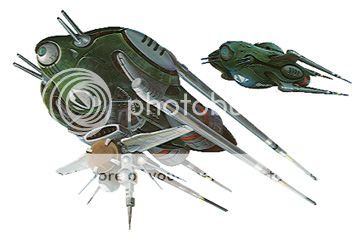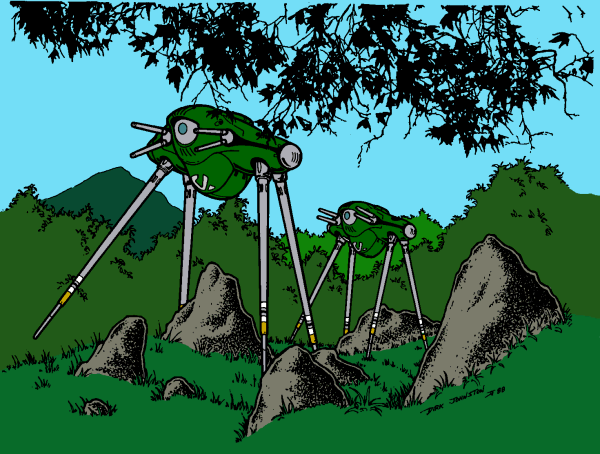<p>
Items for Robotech: UEEF Saga Please edit this post to suit your roleplay's needs. See Main Thread: <a href="<___base_url___>/threads/robotech-ueef-saga.231841/" rel="">Detailed - Robotech: UEEF Saga</a>
</p>
Items for Robotech: UEEF Saga Please edit this post to suit your roleplay's needs. See Main Thread: <a href="<___base_url___>/threads/robotech-ueef-saga.231841/" rel="">Detailed - Robotech: UEEF Saga</a>
</p>
Last edited by a moderator:

























